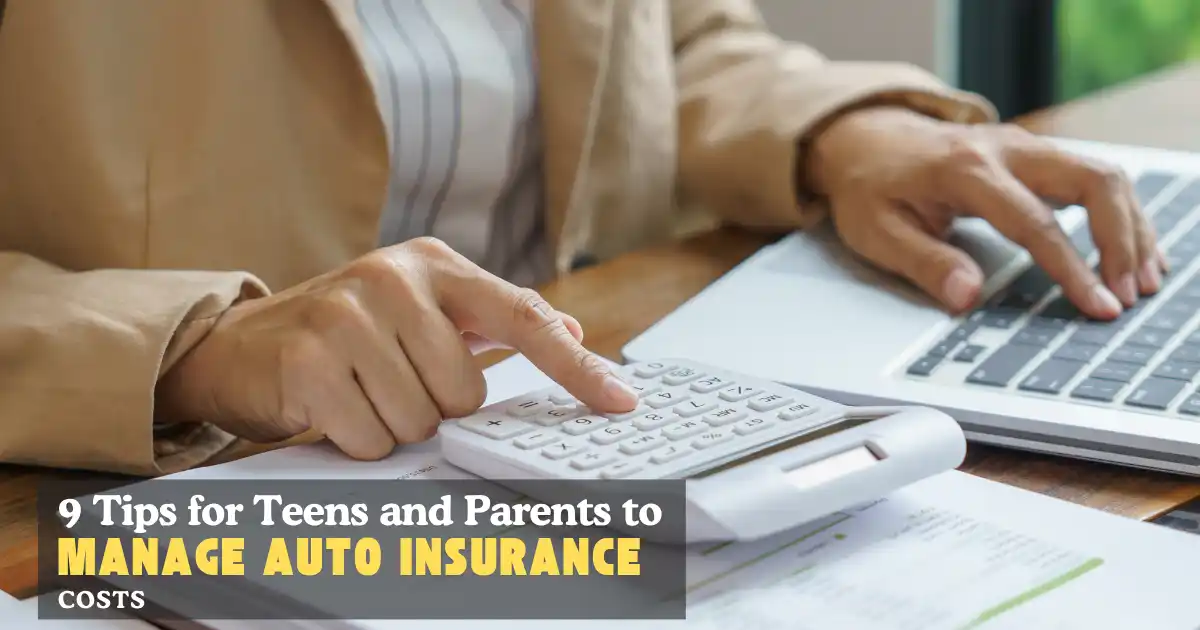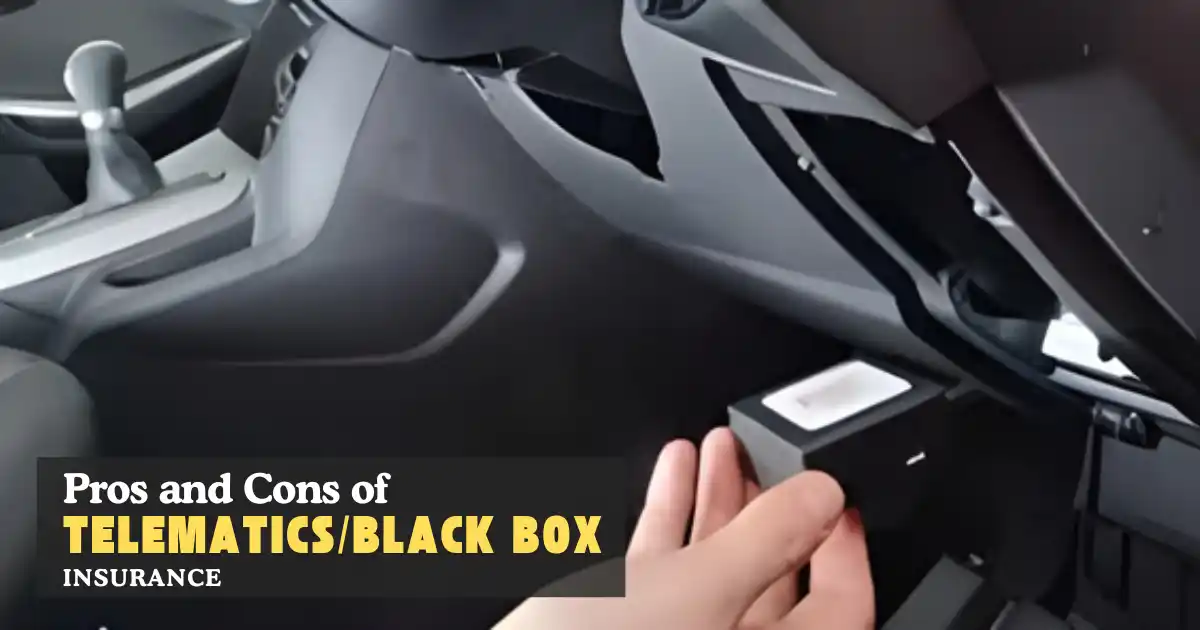The moment that a teen earns an driver’s permit is an important occasion, symbolizing a the new found independence and responsibility. To parents it typically a time of joy as well as anxiety, but also an important financial decision because of insurance for cars. The cost of auto insurance for new drivers is notoriously costly mostly due to their inexperience and statistically greater chance of causing accidents. The data shows that drivers who are 16 years old are among the most expensive insurance rates of any age group and the costs are typically more than three times the cost of experienced adult drivers.
This complete guide has been designed to arm parents and teenagers with the skills and knowledge required to navigate the complicated insurance world of auto insurance. We’ll examine the reasons that new drivers are more costly to insure, explain the most important notions of insurance, then offer nine practical tips to aid in managing and reducing the cost of insurance, while making sure you are safe on the road, without spending a lot of money.
Auto Insurance for New Drivers Challenges
Insurance companies work through risk assessments. Statistics show that young, inexperienced drivers, particularly teenagers, are considered to be a high-risk group. This is due to a variety of reasons:

- Inexperience: Drivers who are new have less time at the wheel and are not as adept in anticipating dangers and reacting to unpredictability.
- Higher Accident Rates: According to the Insurance Institute for Highway Safety (IIHS) states that drivers aged 16-19 drivers are more than 3 times as likely be involved in fatal crashes as compared to drivers of 20 and over.
- Risk-taking Behavior: Teens are often more susceptible to distraction driving, speeding and other dangerous behaviors.
These causes directly result in more expensive prices. Understanding the fundamental reason behind this will be the initial step to discovering effective methods to minimize the financial burden.
Understanding Auto Insurance Basics
Before you dive into the strategies, a quick overview of the most common insurance coverages for autos can be helpful:
- Liability Coverage: This is the most essential and usually legally mandated insurance. It covers the injuries and damages you cause to others when you’re the cause of an accident. It generally has two components which are Bodily Injury Liability as well as the Property Damage Liability.
- Collision Protection: This pays for damages to your car that result from a collision another vehicle or object regardless of the fault.
- Comprehensive Protection: This covers damage to your vehicle caused by other than collision events, like vandalism, theft natural disasters or collision with an animal.
- Personal Injury Protection (PIP) Medical payments (MedPay): These will cover medical costs for passengers and you following an accident, irrespective who is at fault.
- Uninsured/Underinsured Motorist Coverage: This protects you if you’re hit by a driver who has no insurance or insufficient insurance to cover your damages.
9 Tips for Teens and Parents to Manage Auto Insurance Costs

The process of navigating the cost of auto insurance for new drivers/ young drivers requires an active approach by both parents and teens. Here are nine essential tips:
1. Start Early & Research Together:
The discussion about insurance and driving should start even before your teen receives their driver’s license. Include your child in the process of researching. Being aware of the financial consequences and the responsibility associated when driving can encourage your child to take safer driving practices. Discussion of discounts, policy options and possible costs in a group creates a sense of shared obligation.
2. Shop Around & Compare Quotes:
This could be the most important tip. Rates for insurance for new drivers vary greatly among companies. Do not settle for your first estimate you get. Request quotes from several insurance providers to determine the most competitive rates for your particular situation. Comparison tools online can make the procedure.
Annual Cost Comparison for a 16 Year Old Driver (Full Coverage)
(Note: These are not actual average costs that can differ dramatically based on the state insurance company, state, and personal particulars.)
| Insurance Provider | 16-Year-Old Male (Separate Policy) | 16-Year-Old Female (Separate Policy) | 16-Year-Old Added to Parent’s Policy |
| Provider A | $8,500 | $7,800 | $4,900 |
| Provider B | $9,200 | $8,400 | $5,200 |
| Provider C | $7,900 | $7,200 | $4,500 |
| Average | $8,533 | $7,800 | $4,867 |
3. Consider Adding to an Existing Family Policy
In the majority of instances, it’s significantly more affordable to add a teenager driver to a family car insurance policy than buying a separate insurance policy for the teen driver. Parents, as more senior and more seasoned drivers, are often eligible for discounts (like bundling or multi car discounts) which a teenager on their own policy wouldn’t be able to avail. While your premium is likely to rise, it will usually be lower than the cost of a stand-alone policy.
Cost Based Comparison:
(Note: These are not actual cost estimates and may vary dramatically based on the state, the insurer, and the individual situation.)
| Scenario | Average Annual Premium | % Increase/Decrease |
| The current Parental Policy (no teens) | $2,000 | – |
| Parent Policy for Teens with Teenage Parent Policy with Teens | $4,500 | +125% |
| Separate Policy for Teens (with the same coverage) | $8,000 | +300% (vs. no teen) |
4. Embrace Driver Safety Programs & Discounts
Numerous insurance firms offer special discounts for teenagers who practice safe driving or who complete additional education.
- Discount on Driver’s Education/Training: The completion of a driver education course will teach crucial safety concepts and earn them discounts.
- Great Student Discount students who have an average of B (3.0 GPA) or higher are typically qualified for a good student discount, which can be as high as 15 to 25 percent.
- Student away at school Reduced Rate: If your teen is attending college for at a distance of more than 100 miles from home but doesn’t use their own car, they could be eligible for an “distant student” discount.
- Secure Driving programs (Telematics): Many insurance companies offer programs that utilize smartphones or devices as an app to track the driving habits. A safe driving record can result in substantial discounts.
Annual Impact of Discounts on Teen Driver Premiums:
(Note: The discount percentages and availability differ according to the state and insurer. These are some examples.)
| Discount Type | Typical Savings Range | Illustrative Base Premium | Premium with Discount |
| Good Student (e.g., 15%) | 10-25% | $4,500 | $3,825 |
| Driver Training (e.g., 10%) | 5-15% | $4,500 | $4,050 |
| Telematics (e.g., 10-30%) | Up to 30% | $4,500 | $3,150 – $4,050 |
| Multi-Policy (e.g., 20%) | 10-20% | $4,500 | $3,600 |
5. Choose the Right Car
The type of car the driver is new to operates greatly affects the cost of insurance.
- Safety Ratings Vehicles that have high ratings for safety and feature such as airbags and ABS, antilock brakes (ABS) or electronic stability control, are typically more affordable to insure.
- Lower Power, Lower risk: High-performance, luxury sports vehicles carry more expensive prices. Opt to purchase a car that has an engine that is smaller.
- Older, reliable models: An older, reliable and less valuable vehicle could permit you to reduce comprehensive and collision coverage and reduce the cost of insurance.
- Low Risk of Theft: Vehicles that are less often stolen tend to have lower coverage costs.
Impact of Car Type on Annual Premiums for a Teen Driver:
(Note: These are only hypothetical examples. Actual rates will vary based on many variables.)
| Car Type (Example) | Illustrative Annual Premium | Savings/Increases vs. Mid-Range Sedan |
| Older, Used Sedan (e.g., Honda Civic) | $4,000 | -$500 |
| Mid-Range Compact SUV (e.g., Subaru Outback) | $4,500 | (Base) |
| Modern Electric Sedan (e.g., Tesla Model 3) | $5,500 | +$1,000 |
| Sports Car (e.g., Ford Mustang) | $7,000 | +$2,500 |
6. Maintain Good Grades:
In the section on discounts, academic performance directly impacts savings on insurance. Inspire your child to keep an average of B or better. Many insurance companies have “Good Student” discounts, knowing that responsible students tend to behave responsibly when they travel.
7. Drive Safely & Maintain a Clean Record:
It is the most effective long term plan. Every single ticket or at fault incident on your driving record will substantially increase the cost of insurance. Inspire and demonstrate safe driving starting from the beginning. A clear driving record not just is a good investment, but can also help build a positive insurance record, which can lead to savings of a significant amount when the driver reaches a certain level of experience.
8. Understand Deductibles & Coverage Limits
- Increase Your Deductible Deductible is the sum that you have to pay out of pocket prior to insurance coming into effect. A higher deductible (e.g. between 500 to $1000) will lower your monthly costs. Be sure to be able to afford the higher deductible, if required.
- Reviews Coverage Levels For older and less valuable vehicles you may want to consider dropping collision and comprehensive insurance. Always ensure you have adequate liability coverage to guard against financial losses that are significant.
9. Utilize Telematics/Usage Based Insurance:
Telematics applications (often identified as “black box” insurance) track driving habits using an app or device.
- Advantages The program can result in substantial discounts for safe drivers offer real time feedback that can improve your driving skills and assist in locating the vehicle that was stolen.
- Con: Risky driving habits can result in higher rates. Some policies could restrict mileage or curfews. Privacy concerns are another aspect.
Pros and Cons of Telematics/Black Box Insurance

| Pros | Cons |
| Lower rates for responsible drivers | More expensive premiums for driving at risk |
| Feedback to enhance driving abilities | Curfews and travel restrictions could be in place. |
| Helps locate stolen cars | Privacy concerns regarding data |
| Information useful in the settlement of claims | Device installation/technical issues |
| Monitoring of parental monitoring information | It is not guaranteed that you will save money. |
Conclusion
The process of becoming a driver can be an exciting and challenging experience for parents and teens alike. Although auto insurance for new drivers is a major cost burden, it’s an essential aspect of responsible car ownership. Through understanding the factors that affect costs, consistently searching for quotes, actively seeking discounts, and promoting safety driving practices families can efficiently control their premiums. Communication is open and a united front between parents and teens will make sure that the freedom of the road can be safe and sustainable.
FAQs
How much will car insurance usually increase after a teen driver is added?
Adding a teenage driver to an existing insurance policy could increase your annual premium by 70% to 150% on average. However, this is still significantly less expensive than having a separate policy for a teen driver.
Is it more cost effective for teens to have their own insurance or rely on their parents’ insurance?
It’s generally much less expensive to add a teenager to an existing family policy. Parents often qualify for bundling and multi-car discounts that teens with their own policy would not receive.
What are the most effective ways to get discounts for teen drivers?
Major discounts include good student discounts (for maintaining a B average or better), completing a driver education course, using telematics devices, and distant student discounts for teens in college without a car.
Which type of car is the cheapest to insure for a first-time driver?
Older, reliable cars, compact SUVs, and minivans with high safety ratings and lower horsepower are usually the least expensive to insure. Avoid luxury, sports, and high-performance vehicles.
When is the best time to add my child to my auto insurance?
Contact your insurer as soon as your teen gets their learner’s permit to find out their requirements. Most insurers require teens to be listed on the policy once they are fully licensed.
